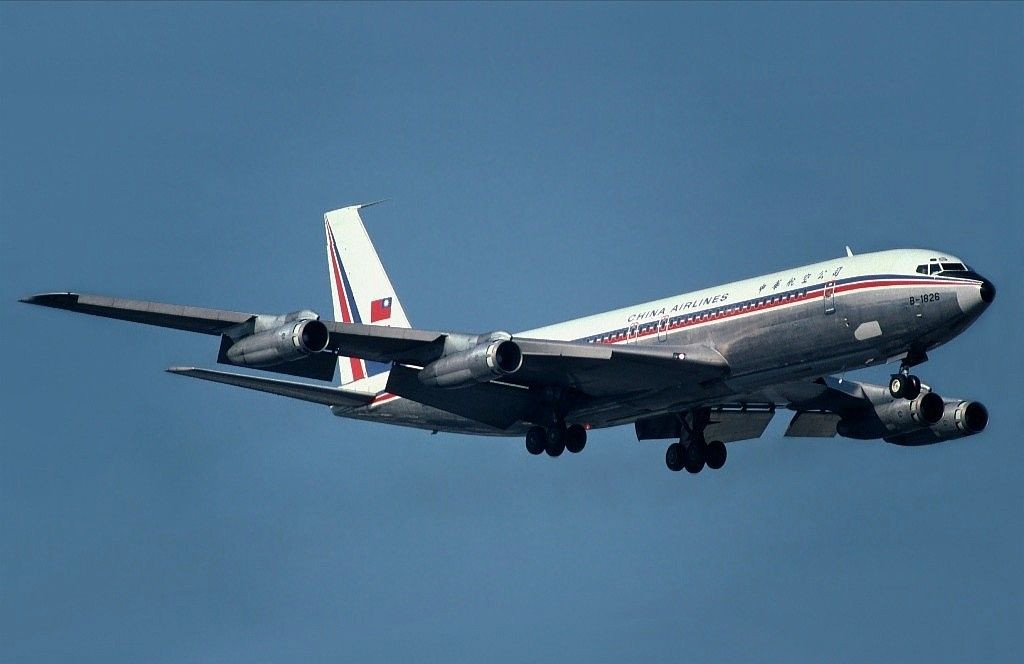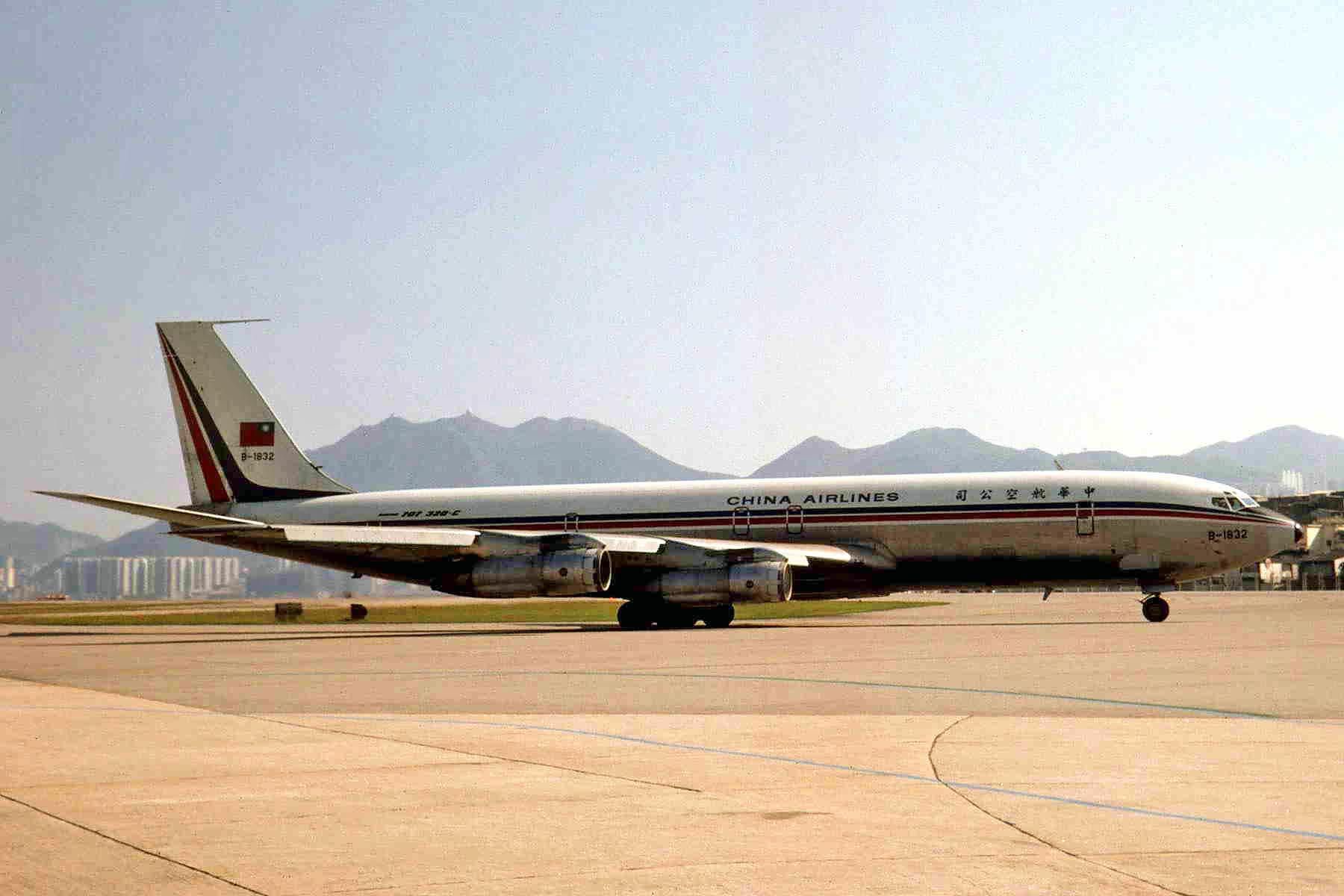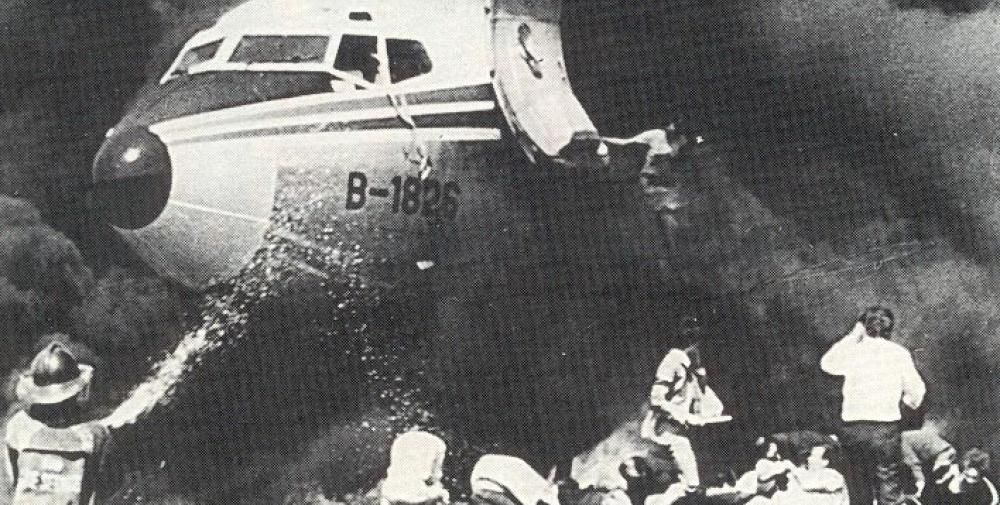On February 27th, 1980, China Airlines flight 811 left Taipei Chiang Kai Shek Airport bound for Manila International Airport. The Boeing 707 had 124 passengers onboard and 11 crew members.
On that day
Wang was 25 years old and had always dreamed of being a flight attendant. She wanted to wear a 'graceful' uniform, work on a large aircraft and fly to all the big cities around the world. On this flight, she was attending to mostly Chinese elderly tourists. The service was complete, and she did her final checks to ensure the cabin was secure.
Get all the latest aviation news right here on Simple Flying
Final approach
Wang looked out of the window and noticed that they were descending very fast. She took her jump seat and strapped herself in. The final approach was steep and unstable, and the aircraft struck the ground 50 meters short of the runway. It was a very hard landing. The engines tore off on impact, and the aircraft caught fire within seconds.
Evacuation
There was crying, shouting, and screaming as confused passengers blocked the aisles. Wang shouted at them to remain calm and ordered them to go down the slide. There was thick black smoke that was choking her, and it was scorching. She was anxious and afraid but never showed it. She told passengers to leave their bags behind. Anyone who stood motionless at the door, she pushed out.
"I had to be fierce, even savage at that moment."
Wang, flight attendant China Airlines 811
Fiery escape
Wang was last to leave the burning wreckage. She completed the final cabin check to make sure that no passengers remained. Her uniform was now on fire. She ran to the left front emergency exit door, but the slide had melted. Wang had no other choice. She closed her eyes and leaped out of the emergency exit 13 feet onto the apron.
"What I have done is nothing but a stewardess obligation."
Wang
Aftermath
Of all those onboard, 82 were uninjured, 51 were injured, and two died of their injuries. Wang had third-degree burns on her arms, legs, and torso. She injured one ankle during the exit but still reached the turf 100 feet away. Her face was blistered. She started to do a passenger count. Wang spent two days in emergency treatment at a hospital in Manila. She was transferred to Chang Gung Memorial Hospital in Taipei, where she had skin grafts and physical therapy. She suffered sleepless nights, physical pain, and post-traumatic stress.
Award
Wang was presented with a Heroism Award by the Flight Safety Foundation, and they helped her to find medical care for her injuries. She had further surgeries in the United States. She went on to marry her former crew instructor and worked on the ground for China Airlines.
"At great personal risk to herself, Miss Wang remained on a burning aircraft which had crashed at Manila International Airport to ensure the safe evacuation of all 135 onboard. Because of the rapidly progressing fire and after she had verified that all passengers had left the airplane, Miss Wang was forced to jump to safety because the evacuation slide was burned, with her clothes on fire. Miss Wang suffered burns for which plastic surgery was necessary. Her heroic actions and devotion to safety deserve the highest recognition of her peers and others concerned with flight safety."
Flight Safety Foundation



